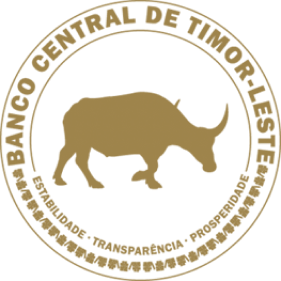Trade is an agreement or transaction between a buyer and a seller (usually in different country) to exchange an asset or goods and service for payment. More generally, trade is also called commerce.
The IMF 1993 SNA and BPM5 gave the definition of general trade as all goods that cross the national frontier including goods that are imported into and exported from custom-bonded warehouses and free zones. A mechanism that allows trade is called a market.
The original form of trade was barter, the direct exchange of goods and services. Modern traders instead generally negotiate through a medium of exchange, such as money.
As a result, buying can be separated from selling, or earning.
Trade between two traders is called bilateral trade, while trade between more than two traders is called multilateral trade.
Trade exists for many reasons. Due to specialization and division of labour, most people concentrate on a small aspect of production, trading for other products.
Trade exists between regions because different regions have a comparative advantage in the production of some tradable commodity, or because different regions' size allows for the benefits of mass production.
Trading can also refer to the action performed by traders and other market agents in the financial markets.
The Timor-Leste Customs record all import or export of goods and services enter or living the country.
The National Department of Statistics, using as base information that is supplied by the Customs of Timor Leste, publishes information regularly on the external trade of our country.
Customs record the separate data for merchandise and non-merchandise import, and export and re-export. Merchandise imports are products that refer to the provisioning of tax, and non-merchandise imports are the one that exempt for taxes. Re-export is the UN equipment that previously import and returned back to the country of origin.
Balance of trade (or net exports, NX) is the difference between the monetary value of Exports and Imports in an economy over a certain period of time. A positive balance of trade is known as a trade surplus and consists of exporting more than your imports; a negative balance of trade is known as a trade deficit or, informally, a trade gap.
The current Timor-Leste trade statistic is also reveal in the graph.
The IMF 1993 SNA and BPM5 gave the definition of general trade as all goods that cross the national frontier including goods that are imported into and exported from custom-bonded warehouses and free zones. A mechanism that allows trade is called a market.
The original form of trade was barter, the direct exchange of goods and services. Modern traders instead generally negotiate through a medium of exchange, such as money.
As a result, buying can be separated from selling, or earning.
Trade between two traders is called bilateral trade, while trade between more than two traders is called multilateral trade.
Trade exists for many reasons. Due to specialization and division of labour, most people concentrate on a small aspect of production, trading for other products.
Trade exists between regions because different regions have a comparative advantage in the production of some tradable commodity, or because different regions' size allows for the benefits of mass production.
Trading can also refer to the action performed by traders and other market agents in the financial markets.
The Timor-Leste Customs record all import or export of goods and services enter or living the country.
The National Department of Statistics, using as base information that is supplied by the Customs of Timor Leste, publishes information regularly on the external trade of our country.
Customs record the separate data for merchandise and non-merchandise import, and export and re-export. Merchandise imports are products that refer to the provisioning of tax, and non-merchandise imports are the one that exempt for taxes. Re-export is the UN equipment that previously import and returned back to the country of origin.
Balance of trade (or net exports, NX) is the difference between the monetary value of Exports and Imports in an economy over a certain period of time. A positive balance of trade is known as a trade surplus and consists of exporting more than your imports; a negative balance of trade is known as a trade deficit or, informally, a trade gap.
The current Timor-Leste trade statistic is also reveal in the graph.










